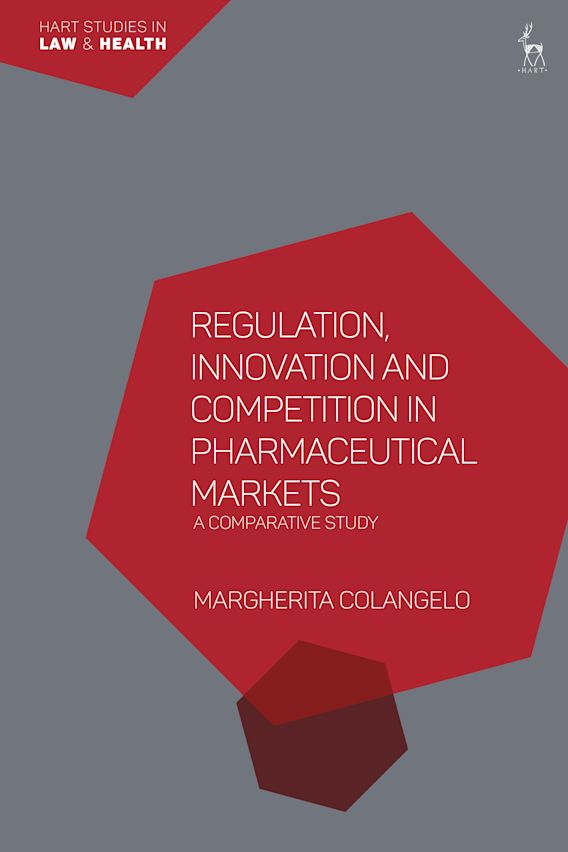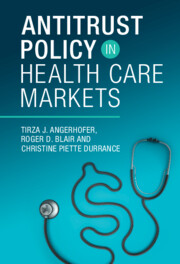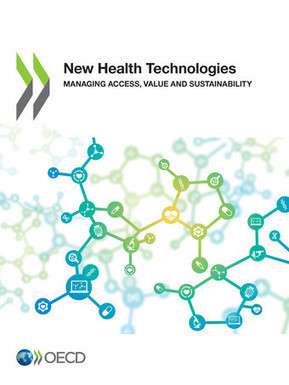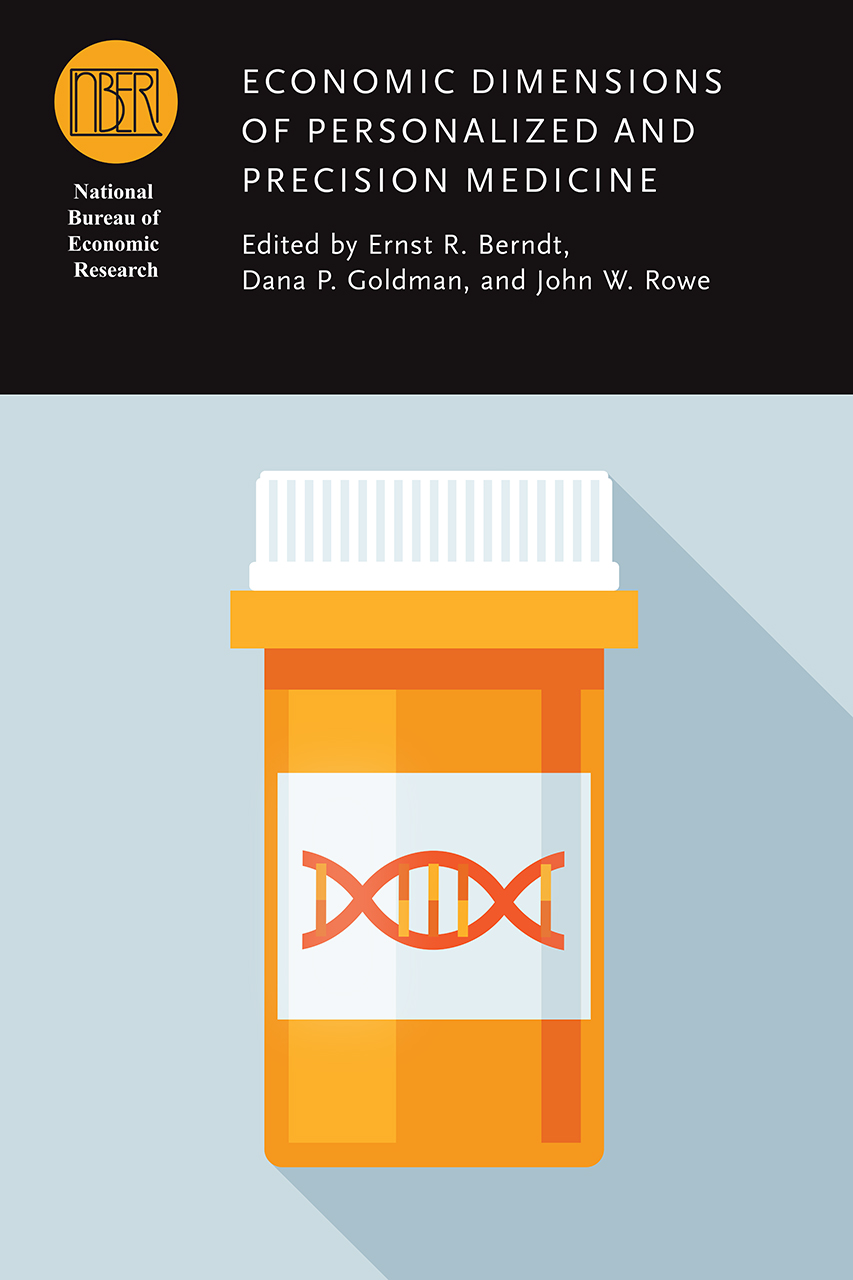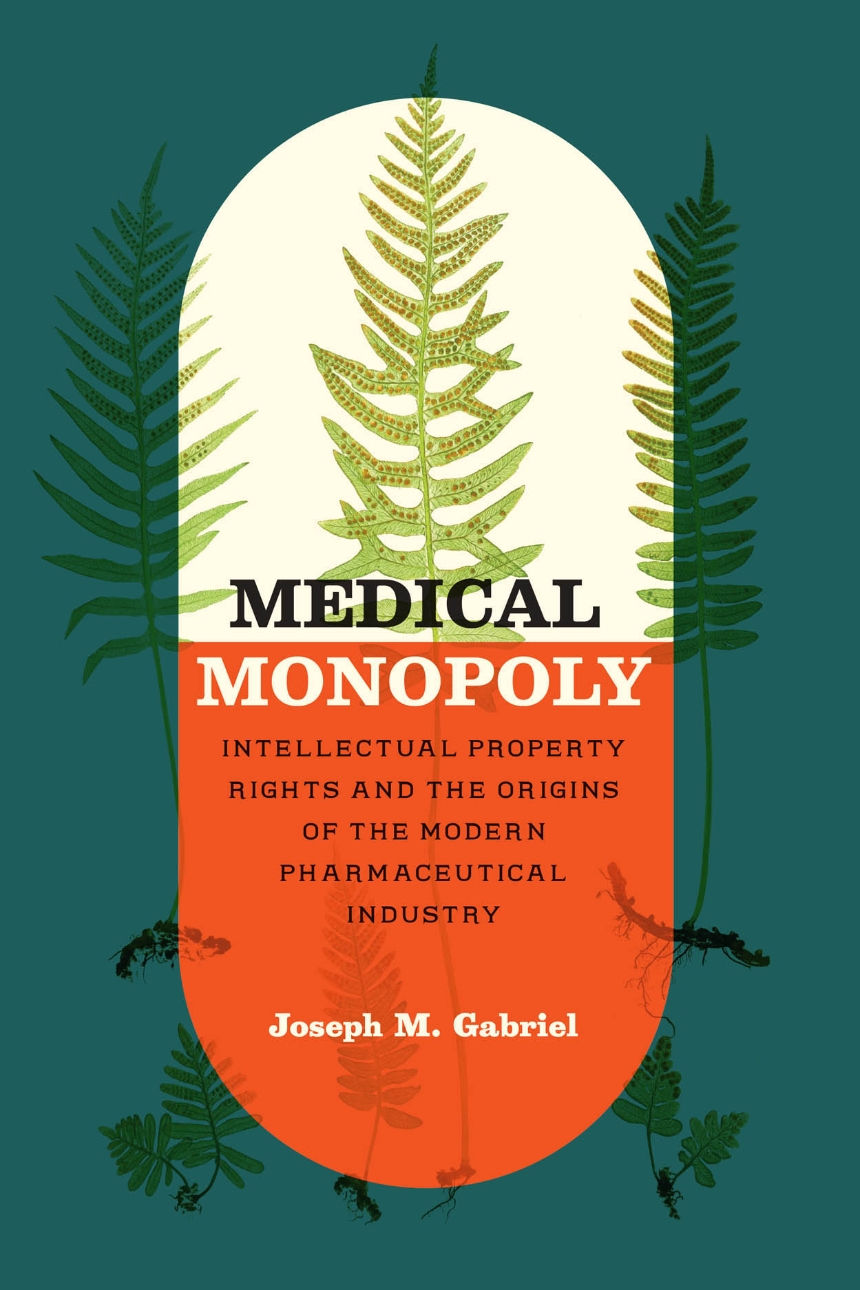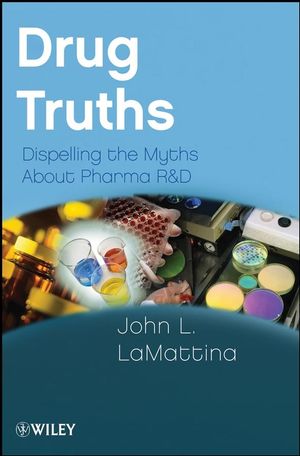Regulation, Innovation and Competition in Pharmaceutical Markets
Si voleu un llibre introductori que descriu amb precisió el mercat farmacèutic aquesta és l'opció del moment. Els conceptes habituals necessaris per moure's bé en aquest entorn són explicats amb tots els detalls.
M'ha interessat especialment el tema de pagar per retardar l'entrada dels genèrics, els acords de pagament invers, perquè s'explica amb tota claredat una pràctica vergonyosa de la indústria que ja coneixia però que em faltaven peces.
Es tracta d'això:
‘reverse payment’ patent settlement agreements (also called pay-for-delay settlements), because they provide for the patentee to pay the alleged infringer, rather than the opposite (considering the standard expectation that a defendant would pay a plaintiff to settle), with the aim of delaying its market entry. In other words, in its typical scheme, the brand-name drug pharmaceutical company enters into an agreement with the generic competitor to settle the dispute and to limit its market entry in return for a transfer of value.1 Such transfer can take different forms, including either a direct monetary payment or another form of valuable agreement (eg an authorised licensed entry at a specific date, distribution agreements, favourable terms in a side deal in which the originator company grants a commercial benefit to the generic company), or both.
Aquest és l'índex del llibre:
Introduction 1
I. The Different Faces of Pharmaceutical Markets 1
PART I
1. Regulating Entry 15
I. The Main Features of Pharmaceutical Markets: The Supply Side and the Demand Side 15
II. The Product Life Cycle and the Costs of Innovation 20
III. The Access to the Market: Regulatory Approaches 23
A. The European Regulatory Framework 23
B. The US Regulatory Framework 27
IV. Concluding Remarks 33
2. Regulating Exclusivity 34
I. The Interplay between Regulatory Exclusivities and Intellectual Property Rights 34
II. Intellectual Property Rights in the Pharmaceutical Industry: An Overview on the Role of Patents 35
III. EU Supplementary Protection Certificate and US Patent Term Restoration 41
IV. Regulatory Exclusivity 48
V. Research and Bolar Exemptions 52
VI. Exhaustion Doctrine and Parallel Trade 59
VII. Concluding Remarks 63
3. Regulating Prices 64
I. Pharmaceutical Pricing and Reimbursement Systems in Europe 64
II. The US System 70
III. Concluding Remarks 76
viii Contents
PART II
4. Competition Law Enforcement in Pharmaceutical Markets: An Introduction 79
I. EU and US Antitrust Rules: An Essential Overview 79
II. Antitrust Enforcement in the Pharmaceutical Sector 87
III. Market Definition 95
IV. Concluding Remarks 100
5. Reverse Payment Patent Settlements 102
I. The Recurrence of Reverse Payment Patent Settlements in Pharmaceutical Markets 102
II. Reverse Payment Patent Settlements in the United States 105
A. Earlier Case Law and the Actavis Ruling 105
B. Critical Issues after Actavis 109
C. Further Developments 113
III. EU Case Law on Reverse Payment Patent Settlements 119
A. Lundbeck 120
B. Generics 123
IV. Comparative Analysis 127
A. Legal Frameworks 127
B. The Antitrust Assessment 129
V. Concluding Remarks 134
6. Product Hopping 136
I. Pharmaceutical Product Reformulations 136
II. Product Hopping before US Courts 140
III. The EU Experience 146
IV. The Antitrust Assessment of Product Reformulation 151
V. Concluding Remarks 155
7. Excessive Drug Pricing 157
I. The Resurgence of Excessive Pricing Cases in the Pharmaceutical Sector 157
II. Excessive Pricing under EU Competition Law 161
A. Aspen 165
III. The US Approach 169
IV. The Role of Antitrust Enforcement on Excessive Drug Prices 176
V. Concluding Remarks 178
PART III
8. Further Interactions: Pharmaceutical Markets, Intellectual Property and Human Rights 183
I. The Right to Health and Access to Medicines and the Relationship with Intellectual Property Rights: An Overview 183
II. Compulsory Licensing 191
III. Concluding Remarks 196
9. Public Health and Public Interest in Competition Law 198
I. Public Health and Competition Law 198
II. Competition Law and Non-competition Interests 203
III. Concluding Remarks 208
Conclusion 209
Bibliography 213
Index 233
